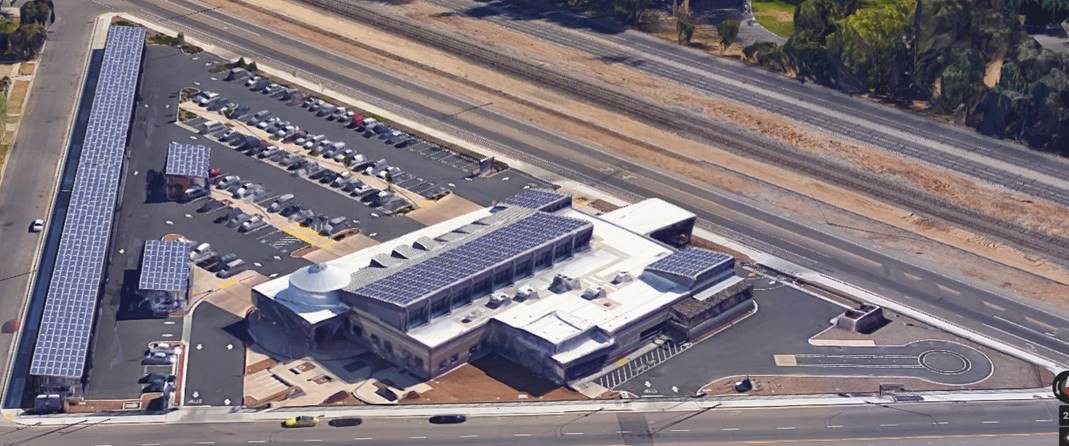Zero Net Energy (ZNE)
The State of California defines Zero Net Energy (ZNE) for state buildings as follows:
"ZNE Source – Energy Efficient building that produces as much clean renewable energy as it consumes over the course of a year, when accounted for at the energy generation source."

Requirements for ZNE
-
Required for New Construction
-
Includes all new construction, major renovations and build-to-suit leases that began design after October 23, 2017
-
-
Existing State Buildings
-
50 percent of existing state building area shall achieve ZNE by 2025
-
Steps to ZNE
-
Energy Efficiency
- New construction, major renovations and build-to-suit leases shall exceed Title 24, Part 6, Building Energy Efficiency Standards by at least 15%.
- Existing state buildings should work to meet or exceed the Source Energy Use Intensity (Source EUI) targets listed under their climate zone in the State of California Energy Efficiency Targets for Existing State Buildings Pursuing Zero Net Energy (ZNE).
- Measure energy efficiency
- Total energy use from all sources (electricity, natural gas, propane, steam, chilled water, etc.) converted into Source kBtu.
- Does not include energy use from electric vehicle charging, or other types of transportation fuels used.
- Divide total energy quantity (Source kBtu) by building area (square feet) to obtain Source Energy Use Intensity (EUI).
- ZNE calculator can help calculate Source EUI.
- Compare with energy efficiency targets established for state buildings. Buildings or facilities below the EUI targets are “ZNE ready” and can become ZNE once renewable energy is obtained.
- Measure energy efficiency
-
Renewable Energy
- Preference to onsite generation when possible or feasible to reduce environmental impact.
- Offsite generation acceptable from in-state sources, with long-term (20-year minimum) purchase agreement.All Renewable Energy Certificates (RECs) shall be retired on behalf of the state.
a. Provide renewable energy from onsite and/or offsite sources that generates as much clean renewable energy on an annual basis as the building/facility uses during the year.
- Executive Order B-18-12
- Green Building Action Plan – For Implementation of Executive Order B-18-12
- State of CA Zero Net Energy Calculator for State Buildings
- ZNE Decision Making Matrix for State Agencies
- ZNE Project Guide for State Buildings
- State of California Energy Efficiency Targets for Existing State Buildings Pursuing Zero Net Energy (ZNE)
- State of California Zero Net Energy Buildings Directory (Last updated: July 22, 2019)
Contact
Department of General Services
Office of Sustainability
West Sacramento, CA 95605
Contact Information:
Email: Sustainability@dgs.ca.gov
